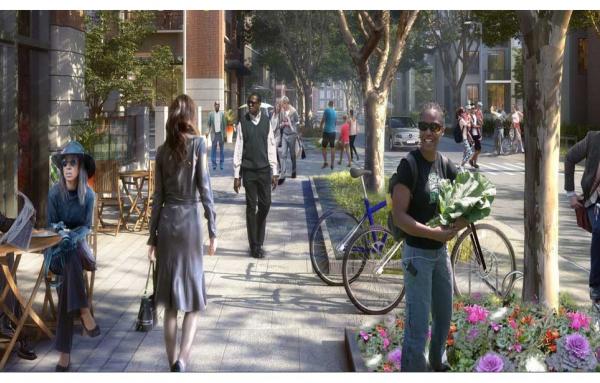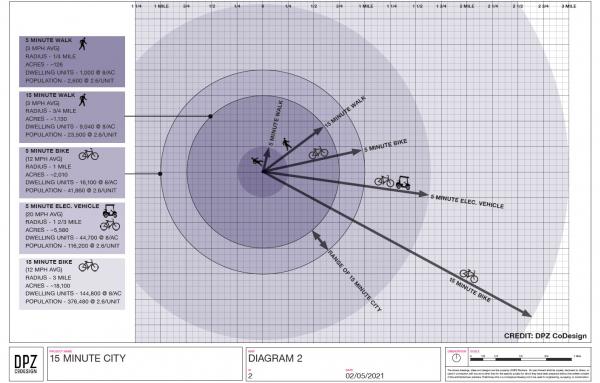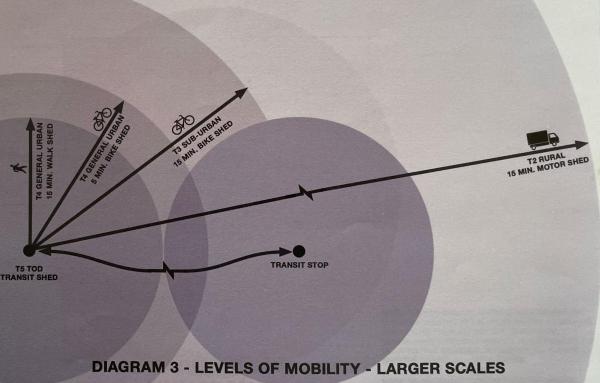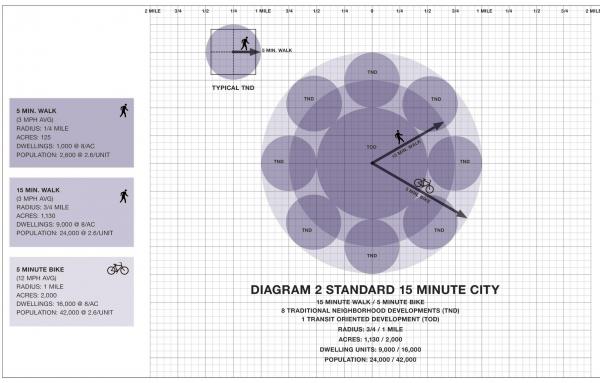15-MINUTE CITY
Going carless in a driving city
Even in the vast American drivable urban landscape, families can figure out how to do without a car—walking and biking to meet every personal need. Here’s how it’s done and you can do it, too.
The 15-minute neighborhood gets its 15 minutes of fame
The subject of walkability is getting political attention, thanks to a catchy phrase.
Defining the 15-minute city
The “15-minute city” may be defined as an ideal geography where most human needs and many desires are located within a travel distance of 15 minutes. Here’s what that means.
The 15-minute city is the new 5-minute walk
Proximity and human-scale are still vitally important for sustainability, and yet the geography of our lives has gotten bigger. That is why we need the 15-minute city.
Top 10 ‘15-minute city’ list headed by Miami
Miami has the greatest potential for meeting 15-minute city goals, followed by San Francisco and Pittsburgh, according the first ranking of 15-minute city characteristics among large US cities.
From slogan to substance, planning the 15-minute city
Too often, the “15-minute city” is just a slogan. A better understanding of the 15-minute city, with its walking and bicycling sheds, is critical to achieving the benefits of placing human access at the heart of community planning.
The 5-minute neighborhood, 15-minute city, and 20-minute suburb
The reality of suburban distances to retail and community amenities has inspired a new term: the “20-minute suburb.” The concept is an evolution of the 15-minute city, focusing on transportation, zoning, and strategic densification.






